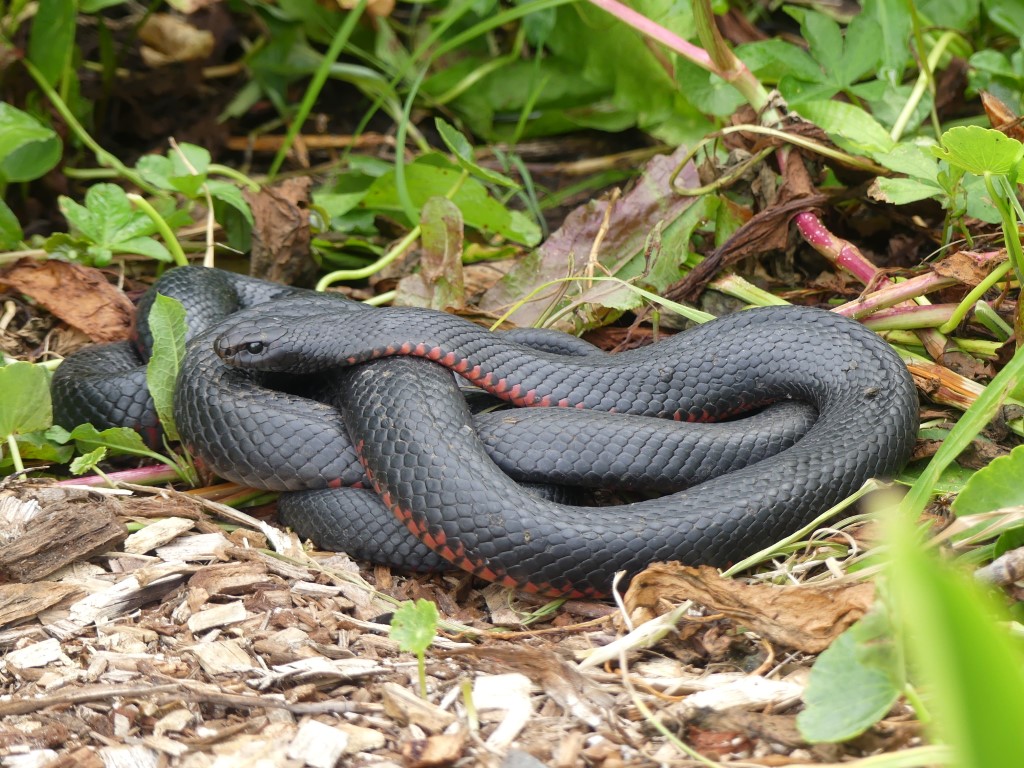By Alan Hewett
It seems that everybody has a snake story to tell and why not? Here in Australia we have two hundred known snake species, twenty-five are considered potentially deadly and five are the most poisonous in the world. They are: The Inland taipan, Eastern brown, Coastal taipan, Tiger and Black Tiger snake.
Not surprisingly there are about 3,000 people bitten by snakes in Australia every year, mostly in rural areas and usually close to buildings. Snake season is typically between September and April, with snakes being most active in the summer months. Fortunately deaths are very rare, in single figures. In comparison there are over 50,000 deaths a year in India.
Why are deaths by snake bite in Australia so low? A snake may bite you but not inject venom. A significant number of bites are believed to be ‘dry’. Of course, if bitten you must assume it was venomous. A snake uses poison to subdue prey and also when it is threatened, so giving them a wide berth is the safest option. This is not always possible when one is in your backyard and you have young children. Time then to call the snake catcher.
Effective first aid treatment of snake bites in Australia has also saved many lives. We can thank scientist Struan Sutherland for developing the pressure immobilisation technique for both snakes and funnel web spiders, replacing the use of tourniquets.
If bitten by a snake, the most important thing to do is remain completely immobile. A heavy crepe or elasticised bandage is used to cover the entire limb, (most people are struck on the arm or leg), and then that limb is splinted. This treatment slows the movement of any venom through the lymphatic system without retarding blood circulation. The bite should never be washed, cut into or have the venom sucked out.
Unfortunately some of our colonial forebears had to suffer some drastic remedies for snake bites. These included exploding gunpowder on the wound, ammonia, strychnine, being beaten on the back, mustard poultices, immersion of feet in hot water, electric shock from a galvanised battery and copious amounts of alcohol, usually brandy!
First Nations people had a much more sensible approach. The Jaanga First Nations People of inland Queensland lay under a tree and did not move for several days while being brought food and water by relatives.
A word of warning about touching a dead snake’s head. Even when a snake’s heart stops beating, their tissues retain enough oxygen to allow nerves to trigger a bite reflex. A snake’s venom is very complex composed of amino acids, nucleic acids, carbohydrates, lipids, proteins and peptides. A bite may affect our circulation, nervous and respiratory systems or damage tissues.
However, proteins from snake venom have been used in the treatment of cancer, high blood pressure, heart attacks, strokes, Alzheimer’s and Parkinson’s diseases. Perhaps snake venom is now saving more lives than ending them!
If you would like more information on snakes and bite treatment, visit Snake Bite First Aid Tips on the St Johns Ambulance Australia website.
Image: Red-bellied black snake, photo by Lizette Salmon

